
A Mathematics concert in India, an American burrito with Mexican flavor, a living room reimagined, a mouse dancing with gay abandon, and a world where businesses include and serve the disabled.
Are you a bit puzzled at this start to a business piece? Well, here’s help. This is what success looks like in the digitally transformed business world of the 21st century. The companies that we present to you as case studies below have created these images to, irrevocably, change the world. In the order of the images listed, these are:
- BYJU’s (Edutech)
- Chipotle (Fast, casual dining)
- IKEA (Furniture)
- Walt Disney Company (Entertainment/Media)
- AXS Maps (Crowdfunded, social activism)
Do you wish to train your business in digital transformation? Check out our Comprehensive Training Curriculum on Digital Transformation by clicking here.
Download Content-Ready Digital Transformation Training PowerPoint Deck
Each of these five companies’ adventurous, successful journey to capture the hearts and wallets of consumers used digital transformation as the key enabler. We will study this transformation on the six parameters:
- History
- Need to go digital
- Tools
- Impact
- Secret sauce
- Enduring lesson
1. BYJU’S: CRACKING THE EDUTECH GOAL
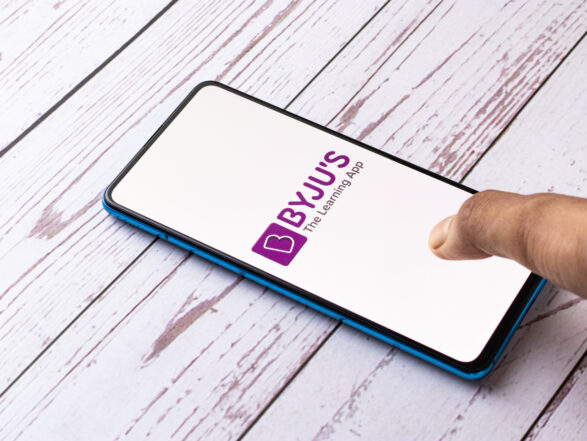
History
At $22 billion, BYJU’S is today the most valuable education technology company in the world. It all started when a friend asked Byju Raveendran, an engineer in the UK back home for vacation in Kerala, to help him prepare for management entrance. Raveendran’s command over mathematics and original, unorthodox ways of teaching helped his friend ace the exam. Raveendran also took the exam and scored 100 percentile in mathematics.
This did not go unnoticed. Soon, graduates lined up outside Raveendran’s door for classes to crack the MBA entrance. The number of people swelled to a degree that Raveendran hired a stadium to take his class, a ‘Maths concert’, as he put it in an interview with the BBC.
In November 2011, Raveendran found Think and Learn Private Limited, or BYJU’s, in Bangalore.
Need to go digital
BYJU’s went digital as it needed to cater to a large number of requests for classes it was getting. Raveendran felt that learning on a mobile phone through videos was the future of education. On the platform, concepts could also be explained using 3D animation and live examples from the best teachers around the world. Over time, he also decided to target the K-12 market (Kindergarten to Class 12).
Tools
In 2009, Raveendran launched online video-based modules for MBA entrance preparation. His first mobile application, BYJU’s – The Learning App, went live in 2015.
Over time, BYJU’s disruption of the education sector has manifested in two major themes. The first is personalized learning as a real-time student experience. To ensure this, the company prepares a knowledge graph of each user, allowing individual students to proceed at their own pace. The second disruptive element was its tie-up with Disney to use the entertainment giant’s characters in lesson plans for Grades 1-3. The attempt was to ‘gamify’ learning and introduce a fun, sporty look to the process.
It also acquired WhiteHat Jr, a coding for children company, to accelerate its foray into international markets, specifically the US.
BYJU’s decision to sponsor the Qatar FIFA World Cup later this year is a step toward targeting the overseas market. The company also plans another big-ticket sponsorship in the US.
Impact
Facebook founder Mark Zuckerberg, also one of the early investors in BYJU’s, has said that the world’s first trillion-dollar company would be from edutech. Such has been the impact of BYJU’s that people everywhere are trying to marry technology with education. The focus is on building a business model around two things; affordability for the consumer (read parents), even at the lower end of the income range, and adaptive learning (each child learns at his/her own pace).
Secret Sauce
The founders’ drive is to create a business that lasts generations, not just long-term.
Enduring lesson
Scaling is possible in the difficult business of edutech, if the founders keep alive their hunger to grow and the spirit to experiment.
2. CHIPOTLE: CLASSY TASTE REINVENTED
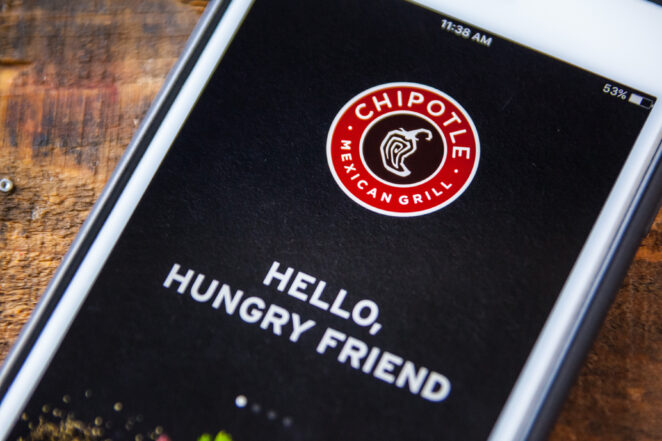
History
Founded in 1993 in Denver, the Mexican grill fast-casual chain, Chipotle, became a runaway success within the first year of opening. A chef in San Francisco, Steve Ellis, had borrowed $75,000 from his parents to start the restaurant, with its USP being fresh ingredients rolled into bread. The name, Chipotle, is derived from the smoked hot chili pepper used in Mexican cuisine. With the taste and the concept catching on, even McDonald’s poured in around $360 million in the early 2000s; it took out $1.5 billion in 2006.
Need to go digital
In this fast-casual food chain’s digital transformation lies a lesson for companies not recording data or not maintaining meaningful communication with customers. This inertia can come to bite businesses, with no way to reward loyal customers or get engagement from the new, tech-savvy generation. This meant that even as its product was popular, Chipotle was unable to move beyond a certain point in its sales or profits. Action was needed, and at the speed of digital technology.
Tools
In 2018, the company began drawing up a loyalty program in the digital universe. Over a million customers signed up within the first week. The Q2, 2019, year-on-year (YoY) saw a 99% jump in digital sales; there was a 13% increase in total revenue for the same quarter. Chipotle’s digital engagement strategy created a cycle of customer engagement, loyalty, and sales; revenue doubled in 2019-20.
Its operational part of going digital had three visible changes made to its interaction with customers.
The company renewed its focus on mobile orders and new drive-through windows reserved for online order pick-up branded Chipotlanes. Its app also informed environmentally-conscious customers of savings in natural resources like water when they ordered with it. The company also constructed a new kitchen for online orders.
Impact
In media interviews, top-ranking Chipotle executives have repeatedly articulated what the digital-first experience means for the company, “We offer simple, easy-to-use experiences that give customers the ability to order exactly what they want, to be delivered to them the way that they choose.”
Secret sauce
Chipotle’s transformation proves the adage that a crisis is an opportunity. A new CEO took charge after food poisoning incidents at some of its outlets. This spurred the transformation.
Enduring lesson
Food is not technology, but digital distribution and delivery can make all the difference to customer convenience. Investment in digital transformation is all the more important in a fast-casual restaurant. It brings out efficiencies like a better use of the existing floor area and allows customer engagement.
3. IKEA: Design your living room
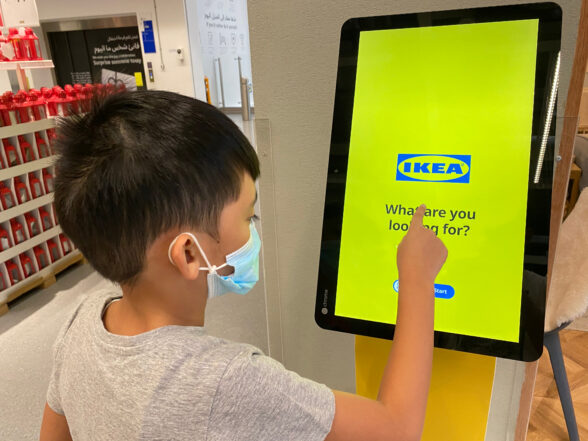
History
Ingvar Kamprad, the grandson of a German immigrant to Sweden, started IKEA in 1943 to sell pens and trinkets with orders taken by mail. Low-cost furniture was added in 1948. The first exclusive furniture showroom opened in 1953. The furniture was given names such as Galax 1969 because Kamprad could not remember numbers. The idea of flat-packaging the furniture and then assembling it again at the customers’ premises came in 1958. Today, it has over 400 stores in over 40 countries. It started its own manufacturing in 1991.
Need to go digital
There is no defined timeline, but the appointment of Barbara Martin Coppola, a veteran of 20 years of experience in the technology industry, as the Chief Digital Officer (CDO) in 2018 signaled the shift.
Coppola, with a stellar career across Google, Samsung, and Texas Instruments, guided the legacy company through a digital transformation journey before leaving in March 2022. The pandemic hastened the digital transformation process for Ikea and Coppola.
Tools
The CDO realized that to be successful in the two worlds of E-commerce (24x7) and the traditional store model, IKEA needed to work at two different speeds. The leadership had decided that digital needed to be embedded in everything the company did, but without changing its DNA.
To start its digital journey, IKEA offers the ‘Shop and Go’ feature in its app in some countries. This allows customers to use their own mobile devices to scan the code on products, pay for them, and skip the checkout line in the store. The global giant has also bought Geomagical Labs, a California-based company to offer a Virtual Reality (VR) solution. Now, you can scan your home, one room at a time, and turn it into a 3D model on your computer. On this model, you can try out the IKEA home product range.
IKEA has put together a team to design the online user experience called DesignOps. It has even hired an Experience Design Writer for its digital communication.
Impact
Over the past three years, the share of eCommerce in the business has increased from 7% of revenue to 31%. The company is giving final control of the data a customer shares with it back to him/her. The company brands this decision as a ‘Customer Data Promise’, with customers allowed to edit their data stored on the IKEA app at any given time.
Secret Sauce
Initiatives like hiring a CDO with experience in Google and creating an exclusive design experience team for the digital customer.
Enduring lesson
A deep digital presence is indispensable to business relevance. For the consumer, digital means products and services at a click, and businesses have to be there or cede ground to the competition.
4. WALT DISNEY COMPANY: RE-DEFINING ENTERTAINMENT
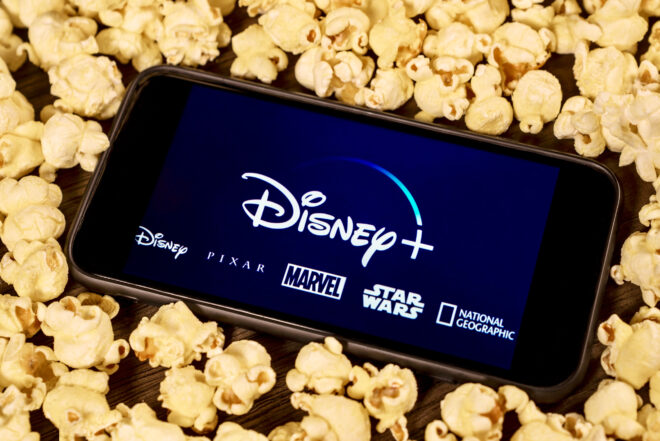
History
Go back in time to 1923, nearly a century ago. A curious animation-created mouse with ears that stood out, a dogged and tenacious animator who wanted to entertain, and voila, an enthralled world watched the definition of entertainment change.
What started as an experiment on ‘Alice in Wonderland’ Comedies in 1923, took off after founder Walt Disney’s launch of Micky Mouse in November 1928. By 1930, the first Mickey Mouse book and the comic strip had been published. In the physical world, we had the first Disney Park opened in 1955.
Need to go digital
In the entertainment industry today, everything is in the digital form of either a QR code or a URL. Disney sees things differently and continues to value the story, not the code. Even as the brand has entered the digital entertainment subscription-based service, it believes content is king.
To be sure, Disney values the power that digital technology gives it to create more engaging stories and brands. Disney, part of the $250 billion US entertainment industry and with a 100-year legacy, has worked to stay relevant. It has gone the digital way in its movies and parks.
Tools
Disney’s brick-and-mortar parks have integrated digital technology into the experience with the use of Radio Frequency Identification (RFID) wristbands branded Magic Bands. These are akin to the ‘proverbial genie’ for guests visiting the Disney World resort. The band acts as their guide and link to the company’s guest management system, MyMagic+.
With the band, guests can pay, manage reservations, access hotel rooms and let the staff know of their estimated time of arrival to deliver a highly-personalized experience.
Disney has also acquired the technology to manage queues better, in terms of offering customers a choice to value its ‘FastPass Ticket’. The ticket gives guests an hour’s window to return to their rides at a Disney Park, without joining a queue. Disney’s technological integration allows it to display the waiting time. This helps guests decide whether to be in the queue, come back later, or take the pass.
Building on these success stories, Disney filed a patent for a Virtual World Simulator in December 2021.
Impact
Technology has embellished its stories with verve, color, unbelievable graphics, and outstanding production quality. Applications like storyboarding and animation graphics allow it to test movies in pre-production before going full tilt.
Secret sauce
Staying true to the craft of storytelling. Even as it embraces the digital, it makes sure that its intellectual properties like Mickey Mouse and others are insulated from the pressures of the digital world.
Enduring lesson
Ultimately and paradoxically, storytelling is a skill that even digital businesses are looking at as the key differentiator for their products or services. Even technology companies need stories and narratives.
5. AXS MAPS: ACCESSING COMPASSION, CUSTOMERS

History
AXS Maps, a crowdsourced non-profit organization, aims to digitally document the accessibility of public places for the disabled. With 1.3 billion mobility or vision disabled people in the world, the challenge is immense. The aim is to collect all relevant information for the disabled, about public spaces on an app. This level of depth involves the need to answer questions that an able-bodied individual may never ask. For instance: Is the restaurant hall carpeted?
A documentary filmmaker from New York, Jason DaSilva, established AXA’s parent company of AXS Lab after he came down with multiple sclerosis at 25. The idea is to ensure that the disabled are able to access places to eat, sleep, get a haircut, and engage in other mundane tasks with ease.
Need to go digital
In a digital world, what can be more ironic than the fact that a significant proportion of humanity is suffering due to a lack of information on accessible places? The disabled are simply missing from our ‘memory’, and from businesses. There will never be a bigger customer acquisition opportunity if this issue is handled with sensitivity and a spirit of collaboration.
Tools
The real tool is the questions on the app which evolve as more issues emerge. Ultimately, this venture of digital transformation aims to provide detailed and relevant information on places that the disabled can access, and make use of. A restaurant may have a ramp at the entrance, but the dining room or the restroom may make no special allowance for the disabled. This means that the place remains a no-go.
The app developer needs to really feel what disability means. All data points incorporated must have access as the key concern.
Impact
Businesses are realizing that people with mobility-related issues, their friends, and family are also a customer segment. The US department of labor estimates that Americans with disabilities spend $175billion annually on discretionary items and experiences; this is all an untapped market.
Since AXS Map’s global soft-launch in May 2020, there is traction on its site with users coming on the app to map places and give ratings to them. The aim is to document what anyone with a disability should know before visiting a public place or a private institution in terms of accessibility.
Secret sauce
The key to the technology (basically an app) is to put end-users (the disabled) at the heart of the design. The platform has to be user-friendly to engage new audiences worldwide. AXS volunteers have also planned ‘Mapathons’ to locations and collected ratings from across the globe — from New York to South Carolina, and Dubai to Detroit. There has been a ten-fold growth in donations since launch.
Enduring lesson
Companies are getting serious about their commitment to diversity, equity, and inclusion (DE&I) as a way to enhance business growth and build brand equity. AXS Maps can provide direct feedback to businesses on how well this category of customers thinks they are doing.






 Customer Reviews
Customer Reviews

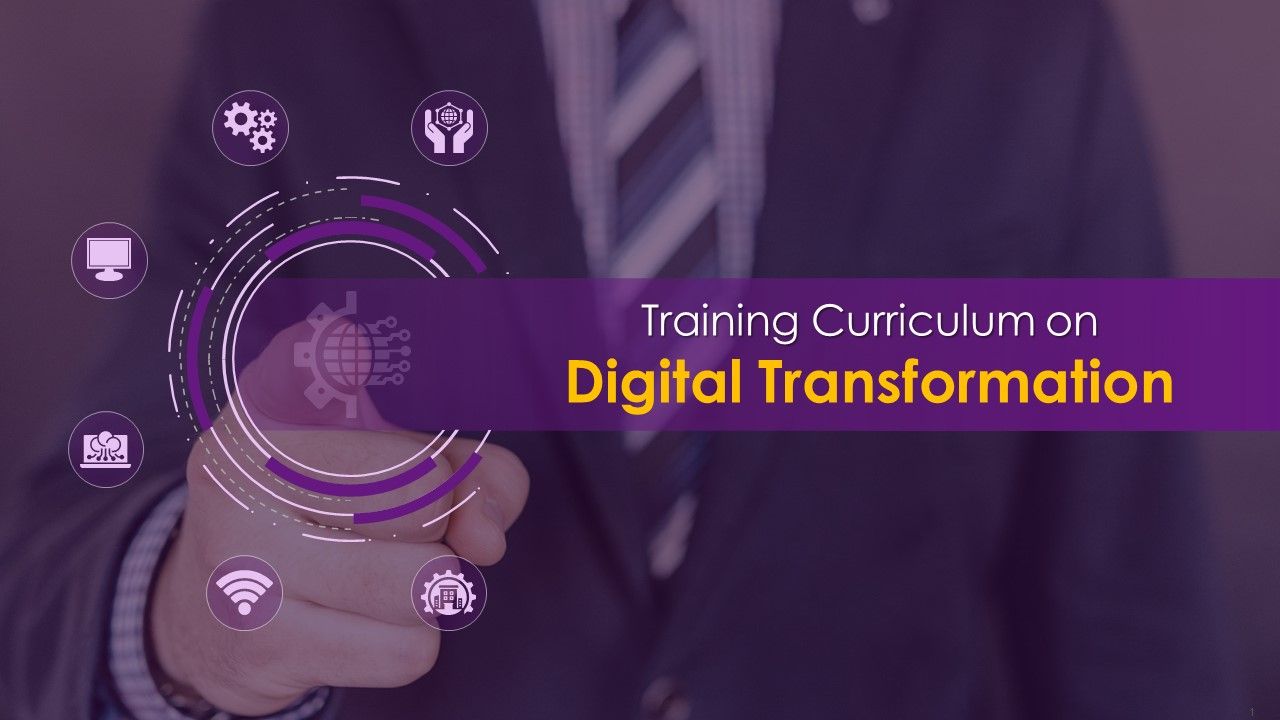



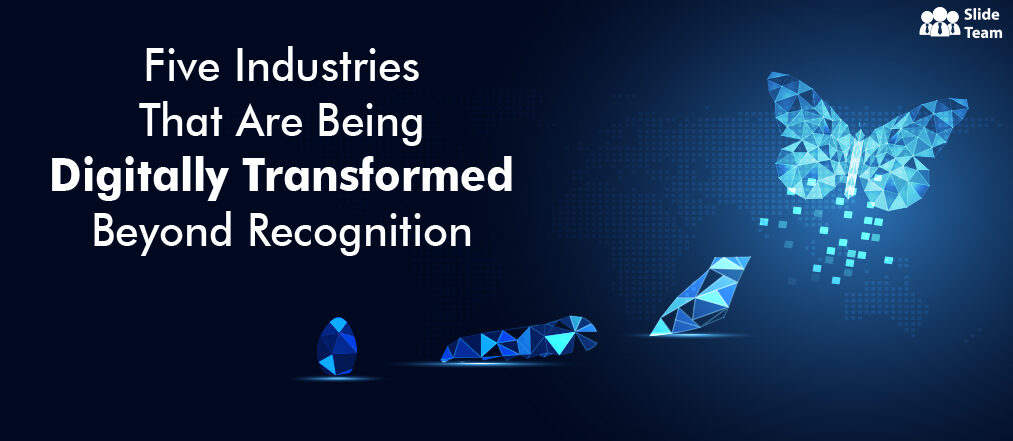
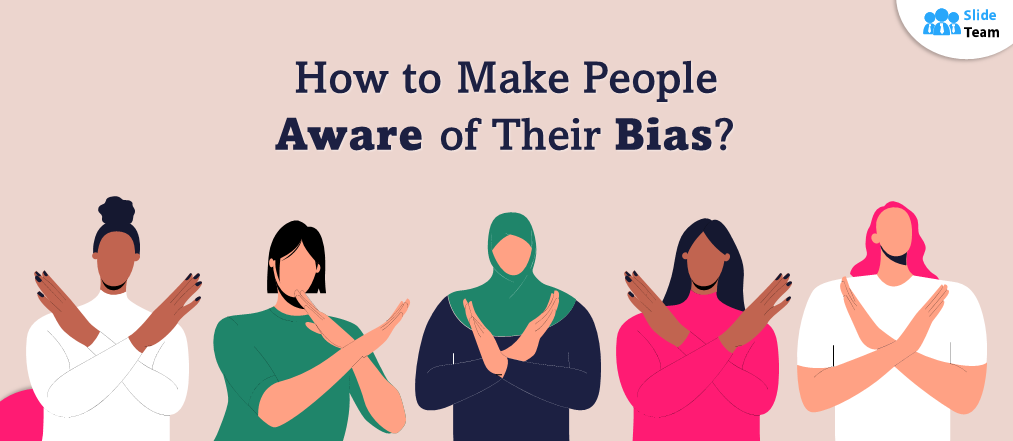
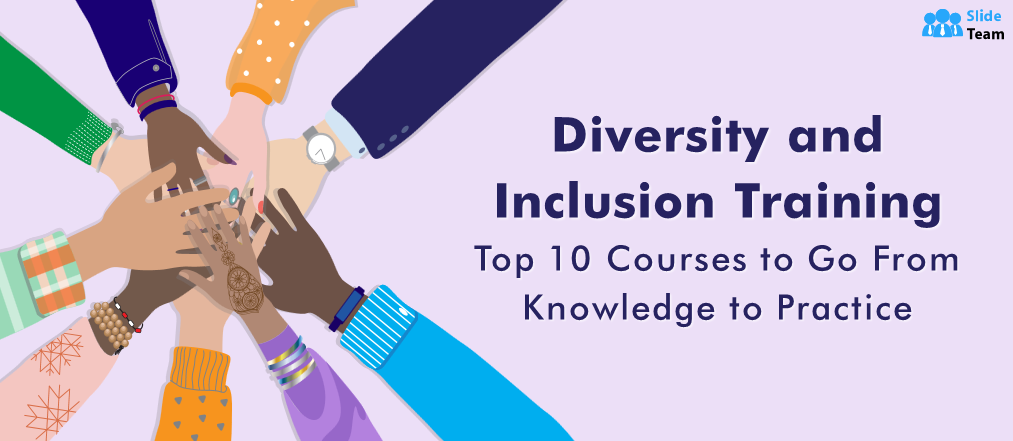
![A Complete Guide to Diversity & Inclusion Training for Corporate Employees With Training Material Included [Free PDF Attached]](https://www.slideteam.net/wp/wp-content/uploads/2022/03/Diversity-Inclusion-Training_1-1013x441.png)











